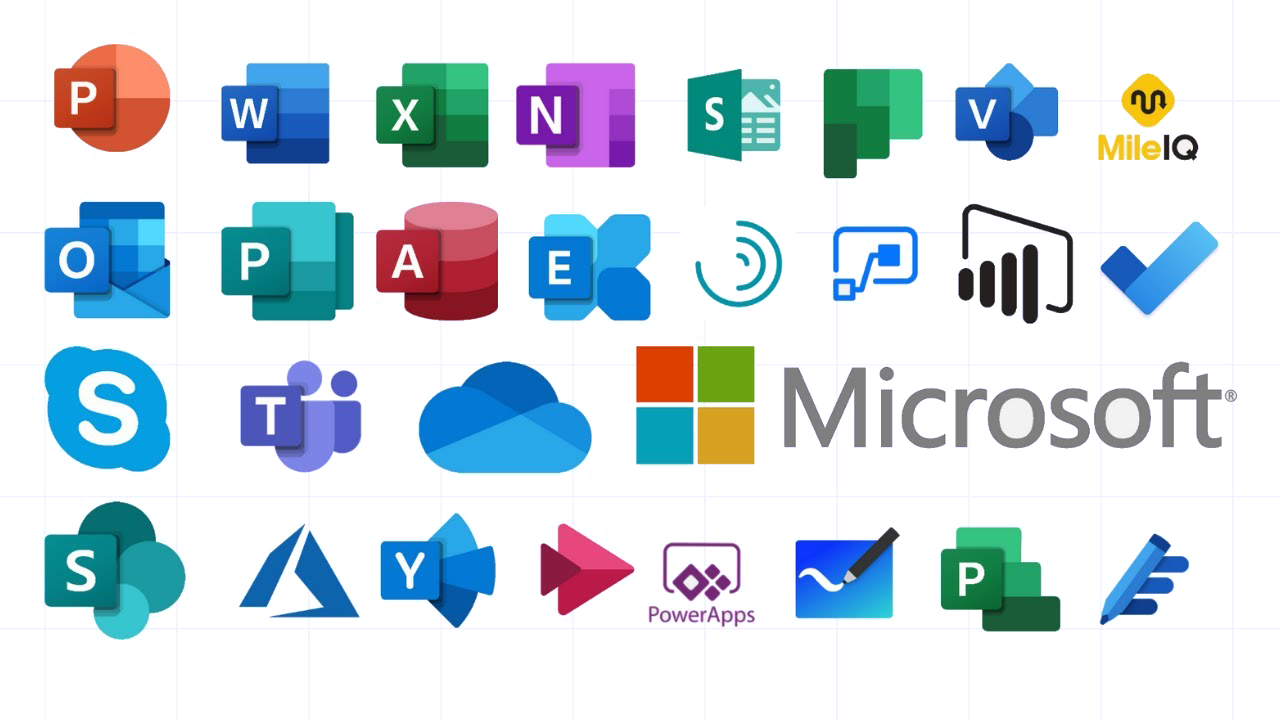On 20th November 1985, Microsoft launched the first version of Windows, replacing its existing disc operating system , MS-DOS. Windows 95 was bundled with MSN, a portal for the execution of internet services on Windows devices.
In addition to users being able to visually navigate a virtual desktop, opening graphical “windows” displaying the contents of electronic folders and files with the click of a mouse rather than typing commands and directory paths Microsoft also developed specialized Windows packages, including the networkable Windows for Workgroups and Windows NT.
In 1995 Windows 95 was released, with an in-built Internet browser - Internet Explorer. In 2001 Windows XP was released, with multiple editions for consumers, businesses, multimedia developers, and others users. In 2009, Windows 7 was released, and in 2012 Windows 8 followed. Windows 8 was made to run both desktop computers and tablets, and for the first time presented applications as tiles on a grid on the desktop, and with the ability to synchronize user settings across other Windows 8 machines.
On 4th September 2012 Windows Server was released, as a network server operating system, specifically for enterprise deployment.
On 29th July 2015, Windows 10 was released, introducing Cortana, a digital personal assistant like Apple’s Siri, and the Web browser Microsoft Edge, which replaced Internet Explorer.
Through their lifetimes, Windows and Windows Server have been operating systems for use on local machines, providing for the installation and running of local and network applications.
On the applications front, Microsoft launched Microsoft Office on 1st August 1989, as a bundled set of productivity applications. Newer versions of Microsoft Office were launched in 2000, with more applications within the bundle and with more diverse functionality in even the existing applications.
On 27th October 2008 Microsoft launched the Azure Services platform, a cloud computing platform that provides access, management, and development of applications and services through globally-distributed data centers.
In 2001, Microsoft SharePoint was launched, as a cloud-based document management and storage system, with its use reaching 200 million users in 2020.
On 31st July 2010, Outlook.com was launched as a web-based email application, eliminating the need to run, and store Microsoft's email application on local hardware.
On 19th April 2019, Windows Mobile was released as the operating system for Windows mobile devices, but was soon replaced with Windows Phone OS in 2010, with capabilities for cloud integration of local mobile applications.
This is Microsoft's journey from local application solutions to virtual, cloud-based solutions.
